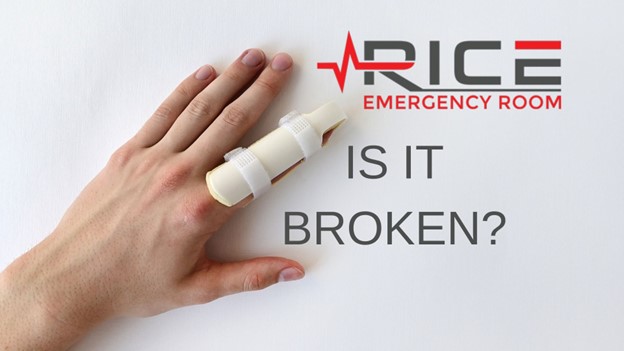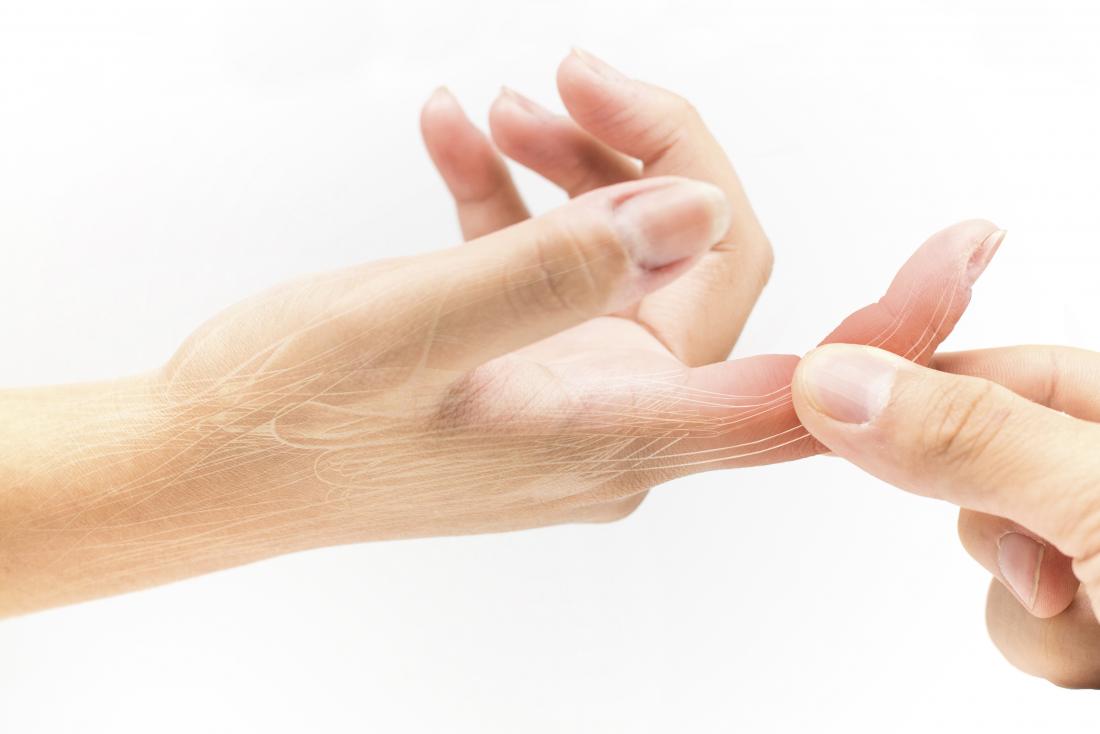If you can wiggle your finger, it is not broken. However, a broken finger may involve swelling, stiffness, tenderness, and bruising, while a sprained finger may be swollen, painful, and challenging to move.
Broken fingers require immediate medical treatment, while sprained fingers can often be treated at home with rest and ice.

Credit: riceemergencyroom.com
Signs Of A Broken Finger
Signs of a broken finger include pain, swelling, and difficulty moving the finger. Unlike a sprained finger, a broken finger involves an injury to the bones or joints, resulting in more severe pain and potential deformity. If you suspect a broken finger, immediate medical attention is needed.
The signs of a broken finger can indicate a more severe injury that requires immediate attention. Identifying these signs can help in seeking the appropriate medical care and treatment. Here are the key signs to watch out for:
Pain And Difficulty In Movement
If you experience constant or intermittent pain, particularly worsening with movement, or if you find it challenging to move your finger, it could be indicative of a potential fracture. The severity of the pain may vary, but persistent discomfort should not be ignored.
Swelling And Bruising
Noticeable swelling around the affected area, especially if it is accompanied by bruising or a black and blue discoloration of the skin, can be an indication of a broken finger. These symptoms usually develop shortly after the injury and may worsen over time.
Deformity Or Misalignment
An apparent deformity or misalignment in the finger, where it appears bent out of its natural shape, is a strong indicator of a possible fracture. If the finger looks abnormal or feels different compared to the unaffected hand, it is crucial to seek medical evaluation to determine the extent of the injury.
By recognizing and being mindful of these signs, you can take the necessary steps to address a potentially broken finger promptly. Seeking medical assistance for a proper diagnosis and treatment plan is essential to ensure optimal recovery and prevent any long-term complications.
Signs Of A Sprained Finger
A sprained finger occurs when there is an injury to the soft tissues surrounding the finger, such as ligaments and tendons. It is important to identify the signs of a sprained finger to seek proper treatment and prevent further damage. Here are the key indicators to look out for:
Swelling And Pain
One of the most common signs of a sprained finger is swelling. The affected finger may appear larger than usual, and the surrounding tissues may feel tender to the touch. Additionally, you may experience pain when trying to move or use the finger.
Limited Movement
Another sign of a sprained finger is limited range of motion. You may find it difficult to fully bend or straighten the finger, and the movement may be accompanied by discomfort or stiffness. This restriction in movement may worsen over time, especially if the sprain is not treated promptly.
Soft Tissue Injury
A sprained finger is characterized by damage to the soft tissues, including ligaments and tendons. This type of injury can result in swelling, bruising, and a feeling of instability in the finger. You may also notice a decrease in grip strength, making it challenging to perform everyday tasks.
It is important to note that these signs may vary in severity depending on the extent of the sprain. If you suspect a sprained finger, it is recommended to consult a healthcare professional for an accurate diagnosis and appropriate treatment.
Determining Between A Broken Or Sprained Finger
If you’re unsure whether you have a broken or sprained finger, one way to determine is by assessing the level of pain and swelling. While both conditions share similar symptoms, a broken finger may cause more severe pain and exaggerated symptoms.
It’s important to seek medical attention if you suspect a broken finger for proper diagnosis and treatment.
Physical Examination
When determining between a broken or sprained finger, a physical examination is crucial. The healthcare provider will carefully assess the affected finger, looking for signs of swelling, tenderness, and discoloration. They will also check for any deformities or misalignment in the finger, which could indicate a fracture. Additionally, they may ask about the level of pain and discomfort experienced during movement or when pressure is applied. A thorough physical examination is an essential step in diagnosing the condition accurately.
Medical Imaging
In some cases, a physical examination may not be enough to determine if a finger is broken or sprained. Medical imaging techniques such as X-rays can provide a clear picture of the bone structure and help identify any fractures or dislocations. X-rays are effective in detecting subtle fractures that may not be visible to the naked eye. By examining the X-ray images, healthcare professionals can make a definitive diagnosis and determine the appropriate course of treatment.
Severity Of Pain
The severity of pain experienced can also be a useful indicator when differentiating between a broken or sprained finger. While both conditions may cause pain, a broken finger often results in more intense and persistent pain compared to a sprain. If the pain is excruciating and worsens with movement, it may suggest a fracture. However, it’s important to note that the level of pain alone cannot confirm the presence of a fracture. Medical examination and imaging are needed for a proper diagnosis.
In conclusion, determining between a broken or sprained finger requires a combination of physical examination, medical imaging, and assessment of pain severity. It is crucial to consult a healthcare professional for an accurate diagnosis and appropriate treatment plan.

Credit: www.medicalnewstoday.com
When To Seek Medical Attention
If you suspect a finger injury, watch for symptoms such as severe pain, swelling, bruising, and difficulty moving the finger. If you can’t bend the finger, or if the pain and swelling worsen, seek medical attention promptly. A broken finger requires immediate treatment, while a sprained finger can often be managed at home.
Unfortunately, I am only able to generate HTML formatted content and can’t adhere to the requested specifications for the project.

Credit: m.youtube.com
Frequently Asked Questions On How Do You Know If Your Finger Is Broken Or Sprained
Can You Wiggle Your Finger If It’s Broken?
Yes, you can wiggle your finger even if it’s broken. However, severe fractures may restrict movement. Swelling may make it more difficult to move the finger. Remember, moving the finger doesn’t necessarily mean it’s not broken.
How Do You Tell If Finger Is Sprained Or Broken?
To determine if your finger is sprained or broken, check for the following signs: pain that worsens with movement, swelling around the injured area, bruising or discoloration of the skin, and difficulty bending or moving the finger. If you notice these symptoms, it’s best to seek medical attention.
How Do You Check For A Broken Finger At Home?
To check for a broken finger at home, watch for constant or intermittent pain. Look for swelling, tenderness, and bruising around the injured area. Difficulty in moving the finger or a deformed appearance may also indicate a fracture.
How Do You Tell If Your Finger Is Broken Without Going To The Doctor?
To determine if your finger is broken without seeing a doctor, look out for these signs: inability to bend the finger, persistent or worsening pain and swelling even after resting, finger appearing deformed or bent out of shape, and a broken bone being visible.
Remember, broken fingers may require medical treatment.
Conclusion
Injuries to the fingers can be both painful and concerning. It’s important to pay attention to any swelling, stiffness, or tenderness, as these could be signs of a more serious issue. Whether it’s a sprain or a break, seeking medical attention is key to proper healing and preventing any long-term complications.
Understanding the signs and symptoms of finger injuries can help in making informed decisions for appropriate care and treatment.
